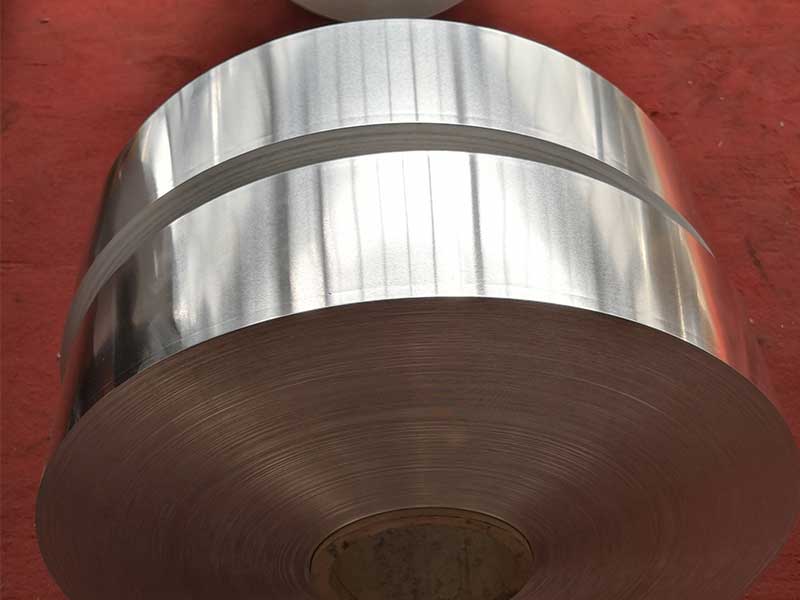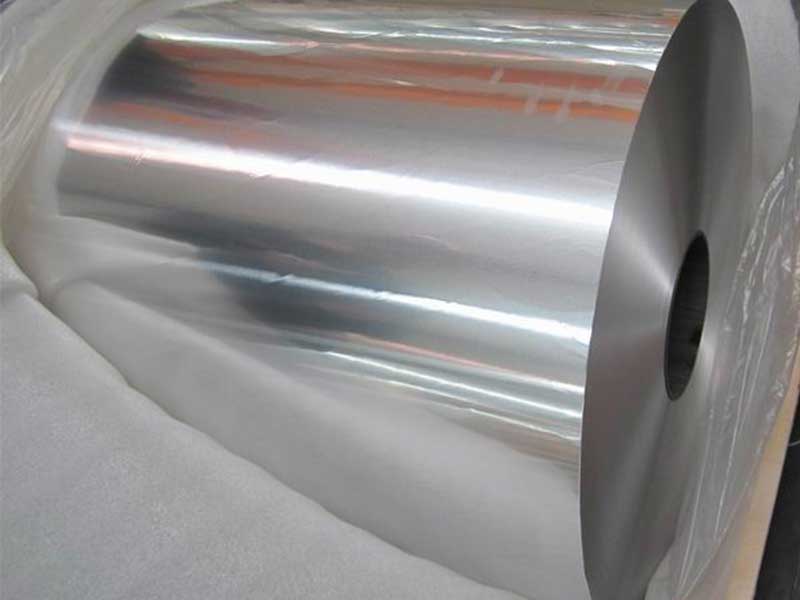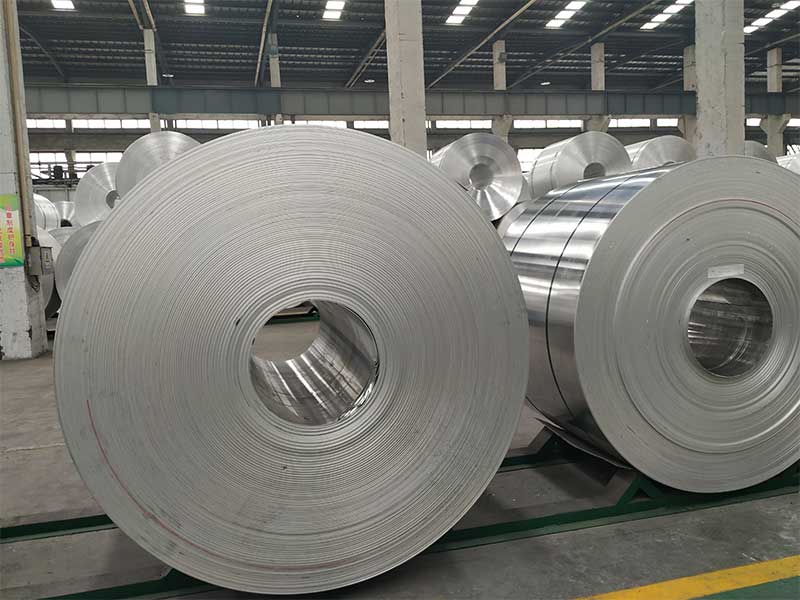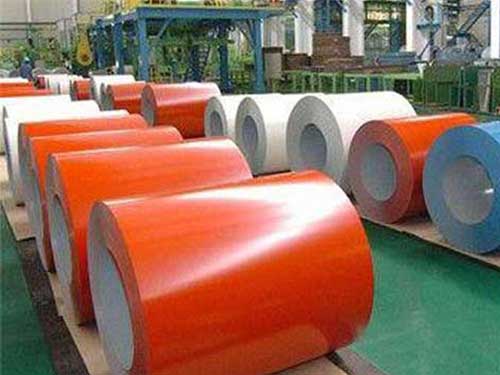Aluminum coil 1050 1100 3003 Ho H12 H14
If you’ve ever peeked behind the scenes of construction sites, home appliances, or even your favorite aircon unit, there’s a good chance aluminum coils are quietly doing their job. Among the most popular types you'll encounter in the metal world are aluminum coils 1050, 1100, and 3003 — all versatile in their own way. Pair these with temper designations like Ho, H12, or H14, and you have a real recipe for getting exactly the right material properties for your project.
Let’s break it down—no heavy textbook language here, just what you really want to know.
Basics First: What’s an Aluminum Coil Anyway?
An aluminum coil is essentially a flat sheet of aluminum metal tightly wound into a roll, kind of like a giant metal snail shell. This packaged form makes transport, storage, and continuous processing simpler — areas like roofing, siding, automotive parts, or even food packaging count on these coils.
Working with 1050, 1100, 3003, H12, and H14 aluminum coils daily gives me a unique appreciation for the subtle differences in their properties. While all are relatively soft and easily formable, the nuances matter significantly. The 1050 and 1100 series, being commercially pure aluminum, are incredibly ductile and easy to work with, making them ideal for applications needing deep drawing or simple forming. However, their lower strength means they’re less suitable for structural components. The 3003 alloy, with its manganese additions, offers a slight bump in strength and formability compared to the 1050/1100, making it a versatile choice for a broader range of applications. The H12 and H14 temper designations highlight the critical role of work hardening. We see firsthand how H14, being a higher strength temper, requires more careful handling during processing to avoid cracking or tearing, while H12 provides a good balance of strength and formability. This balance is crucial for efficient and cost-effective production.
Personally, I find the most interesting aspect is predicting and managing the coil’s behavior during various stages of production. A minor adjustment in the rolling mill parameters, for example, can drastically alter the final properties of the H14 coil. the relationship between alloy composition, temper, and
1050, 1100, and 3003 — The Alphabet Codes
These numbers don’t look like much but tell you volumes about chemical make-up and characteristics.
1050 Aluminum Coil is the purest among the bunch, about 99.5% aluminum. Because of that, it’s super corrosion-resistant, ductile (meaning you can bend or form it easily), and light. But don’t expect it to be super strong.
1100 Aluminum Coil also boasts high aluminum content — approximately 99%, maybe a shade stronger than 1050 due to tiny quantities of impurities. This one is often the default for embossed or decorative aluminum products.
3003 Aluminum Coil ventures a little farther. It’s an alloy bent on balancing strength and corrosion resistance by adding about 1.2-1.5% manganese. This makes it juuuust stronger and a bit harder while still being quite formable and resistant to Things Like rust, making it practical for roofing panels or kitchen utensils.
To put it plainly, if you want plain sunglasses, 1050 or 1100 hit the spot, but if the shades need to endure a good showing in Saltwater Conditions (read: your beach house roof), 3003 tends to rise to the challenge.
Meet The Temper Codes: Ho, H12, H14 …What’s That?
Now, the temper codes say how the aluminum coil has been treated mechanically — mainly how it’s been hardened through strain or work hardening and how soft or rough it ended up.
Ho (or O): This one’s the annealed (meaning heat-treated and softened) version — really malleable, easy to bend and shape. Folks handling delicate presses or detail work love this for the absolutely flexible nature.
H12: This sheet’s undergone a fair amount of cold working or strain hardening — around 20% hardening. Sort of the “I’m getting tougher, but still workable” state. Good for moderate usage requiring more structural integrity.
H14: Full-on cold working amounting to about 40% hardness increase compared to Annealed. Think of this as aluminum just shouting louder on strength but a bit less colorful in terms of bendability. Ideal when strength and rigidity beat pliability — say, in a casing for electronics or certain parts of appliance shells.
Why Does This Matter Day-to-Day?
Think back to that kitchen smoothie blender or soda can sitting on your desk. The visible bodyparts — lightweight, shiny, and corrosion-resistant — often come from aluminum sheathes just like the 1050 or 1100 coils in Ho or H14 condition because manufacturers need exact strengths, formability, and appearance.
Then consider roofing sheets or outdoor venue structures. That demand calls heavier hitters: add a dash of 3003 alloy strength, temper it based on installation needs, and boom — you have a reliable barrier that’ll last years, rain or shine.
What About Custom Projects?
Engineers and fabricators chase exact aluminum coil grades because the difference tailors the product to precise needs. Need an environmentally resistant, easy-to-form metal for a curved decorative panel? Go soft 1050 in Ho.
Need a structural outdoor part that has to take a punch but not corrode? 3003 in H14 lighting rods or satellite dish mounts might do the trick.
In Plain Words
- 1050 & 1100 = Aluminum purity and pliability.
- 3003 = Strength + corrosion resistance.
- Ho = Soft, soft, soft.
- H12 = Medium strength, semi-rigid.
- H14 = Hard, is stronger, but less bendy.
https://www.al-alloy.com/a/aluminum-coil-1050-1100-3003-ho-h12-h14.html






